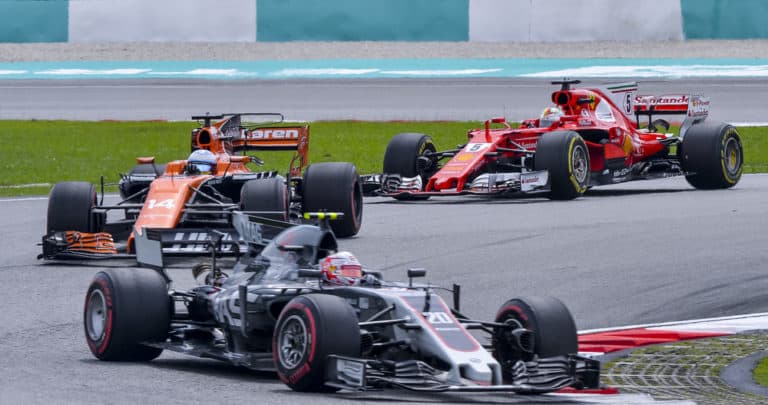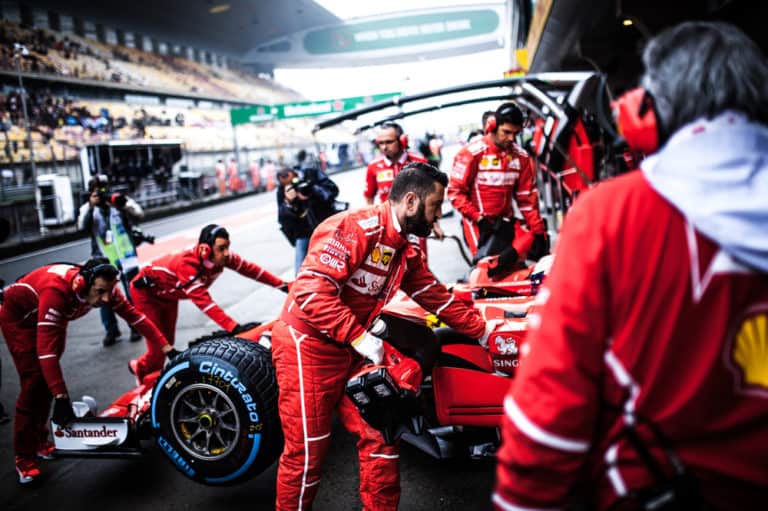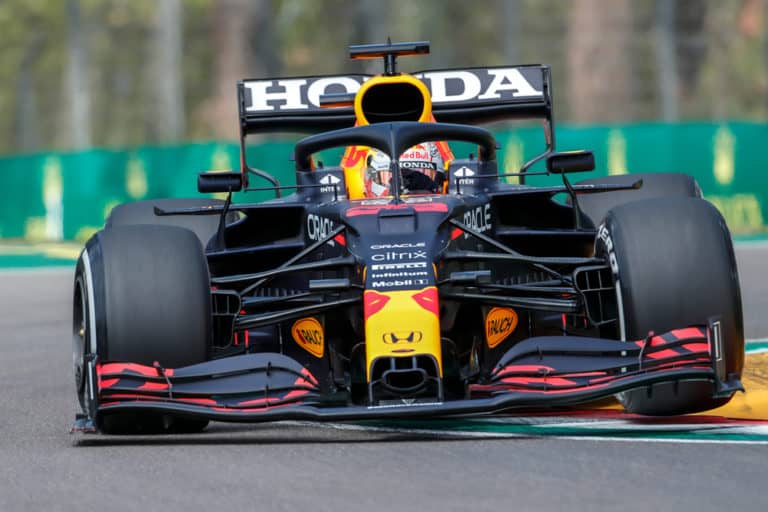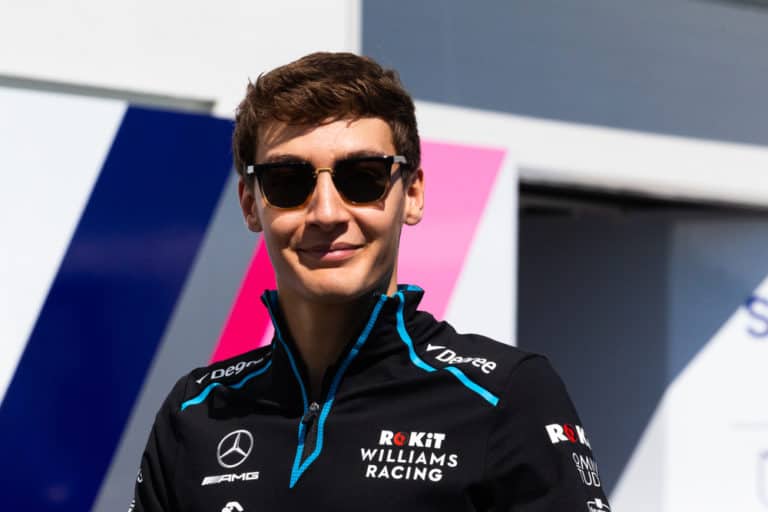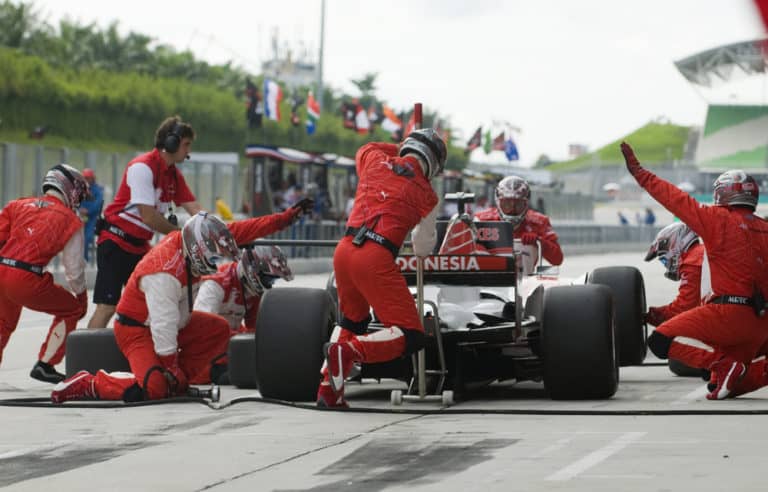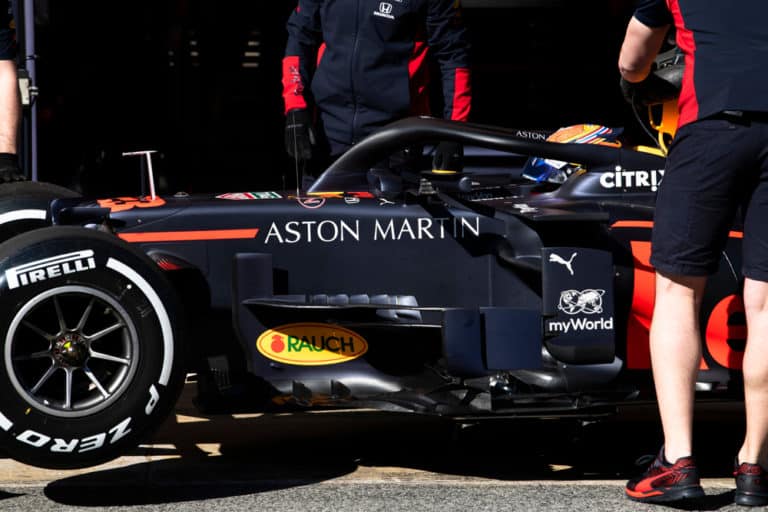Formula 1 racing is the 7th most popular sport in the world. Millions of people gather in front of screens around the globe to watch this fast-paced sport. Because of the risks involved in driving at such a high speed, safety technology consistently improves, and adaptations are made to all the equipment, including the F1 helmet.
Formula 1 racing helmets are extremely strong and durable. These helmets undergo compulsory FIA-approved testing. The testing is not only to ensure durability, but other aspects like weight and heat resistance are also tested. The helmet’s visor is designed to stay “see-through” under stress.
Formula 1 racing is a very popular sport that draws crowds consistently. Because F1 events have been documented since the 1950s, we have a lot of empirical data on the subject. Technology is ever-advancing, and so are these special helmets that F1 drivers wear.
If you’re looking for some F1 merchandise, check out the awesome stuff at the official F1 store here.
How Strong Are F1 Helmets?
In 2018 Fédération Internationale de l’Automobile, or FIA, the governing body for motorsports, announced that they will implement new safety standards for F1 helmets.
This new standardized test is called FIA 8860-2018. These new compulsory requirements come shortly on the heels of the newly implemented halo system.
The halo system is designed to protect drivers from debris in case of collision. The halo system gets its name from how the device looks. It sits around the driver’s helmet like a halo.
The FIA 8860-2018 test has 14 requirements that all F1 helmets must meet to be considered safe. These tests are designed to mimic any potential scenario that the helmet would have to withstand. The tests are as follows:
- Standard impact test: The helmet is impacted at 31.16ft./s. The peak deceleration on the “driver’s head” must not exceed 275G in total.
- Low-velocity impact test: The helmet is impacted at 19.68ft./s. The peak deceleration on the “driver’s head” must not exceed 200G with a maximum average of 180G.
- Low lateral impact test: The helmet is impacted at 278.87ft./s. The peak deceleration must not exceed 275G.
- Advanced ballistic protection test: A 7.9oz. Metal projectile is fired at the helmet at 155.3mph. The peak deceleration must not exceed 275G.
- Crush test: A 352.74oz. Weight is dropped from 16.7 feet away onto the helmet. The lateral and longitudinal strength is tested. The transmitted force can not exceed 10 kN.
- Shell penetration test: A 142oz. Impactor is dropped onto the helmet at 25.2625ft/s.
- Visor penetration test: A 141oz. Air rifle pellet is shot at the visor. The air rifle pellet must not penetrate the interior layer of the helmet.
- Visor coating test: The visor coating is transmitter tested to ensure coloration and vision are not significantly changed or distorted by external factors.
- Retention system test: Roll-off tests and dynamic tests are administered to ensure the strength of the chin strap and its attachments.
- Chin guard linear impact test: Simulated impact test with full headform at 18.0446ft/s. The peak deceleration can not exceed 275G.
- Chin guard crush test: The chin guard is hit with a hammer, and the ability to withstand impact is tested.
- FHR mechanical strength test: The helmet is tested to ensure the strength of attachment points for Frontal Head Restraints.
- Projection and surface friction test: The helmet is tested to ensure that the surface of the helmet is uniform and that friction is minimized. The outer shell surface is also subjected to a BARCOL hardness test to test resistance to penetration.
- Flammability test: The helmet is exposed to a 1454°F flame, and the helmet must be able to self-extinguish.
If an F1 helmet can withstand this thorough testing sequence, then the helmet is considered safe according to FIA safety standards.
Are F1 Helmets Fireproof?
F1 helmets undergo many safety testing procedures. A specific focus of safety testing is the fire retardancy of the helmet. An F1 helmet must be fireproof. The helmet is not only fireproof, but F1 helmets must also be able to self-extinguish.
F1 drivers wear fire-resistant balaclavas under their helmets to further protect them in case of fire. The risk of accidental fires is high on an F1 racetrack because of the concentration of fuel and friction.
An F1 helmet can withstand temperatures of up to 1500°F!
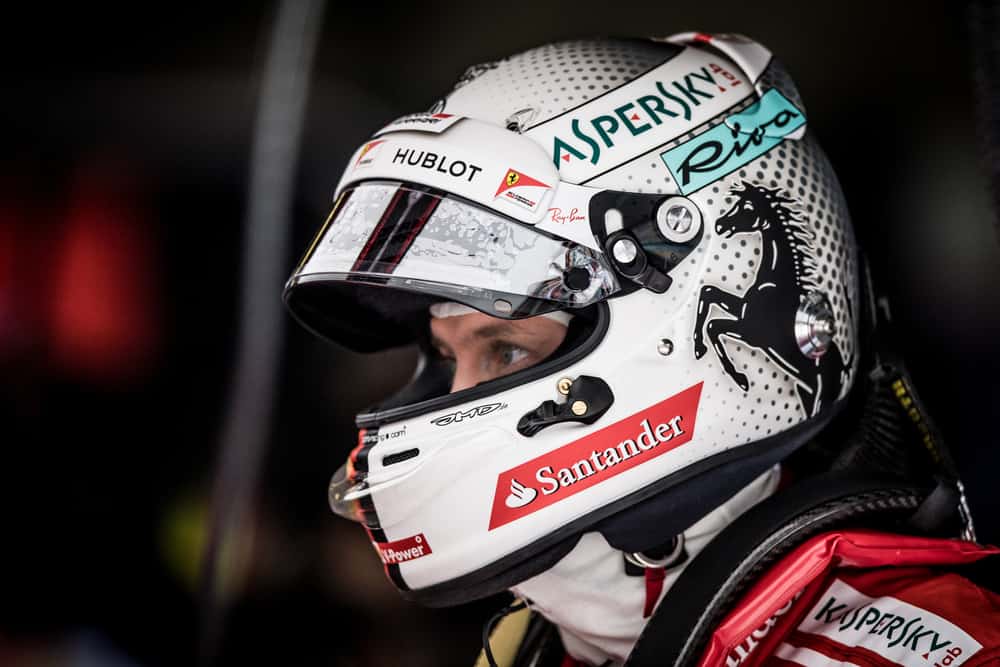
Are F1 Helmets Bulletproof?
F1 helmets undergo military-grade ballistics testing. As safety technology evolves, modifications were recently brought to the previous design. Italian company Stilo unveiled this extra safety feature in 2018. Since the introduction of the new safety testing, it has become an industry standard.
The zylon forehead protector has been extended, offering 0.3IN more coverage in the face area. This seemingly small modification has increased the helmet’s energy absorption ability by 25%. A 7.9oz. Metal projectile can strike the helmet at 155.3mph, and the helmet will be able to hold its integrity.
What Is An F1 Helmet Made Of?
The first racing helmets were made by wrapping many layers of material around the driver’s head. These rudimentary helmets were uncomfortable and unsafe. We’ve made great strides in safety technology since then.
Today F1 helmets consist of a hard outer layer made of carbon fiber. Inside the helmet is a thick layer of polystyrene that sits snugly around the driver’s head. The polystyrene acts as a shock absorber. F1 drivers also wear specialty balaclavas that offer extra safety features and comfort underneath their helmets.
How Much Does An F1 Helmet Weigh?
These super-durable helmets weigh surprisingly little. An F1 helmet weighs between 35oz. and 53oz. F1 helmets need to be light as a heavy helmet would strain a driver’s neck and shoulders on tracks with high G-force loads.
Conclusion
These helmets undergo extensive strength testing to ensure the safety of F1 drivers. These helmets are not only structurally strong, but they can also withstand extreme temperatures.
F1 helmets are an engineering marvel. Every aspect of an F1 helmet is expertly designed, with every possible safety feature considered. These helmets are ever-evolving as technology improves.

